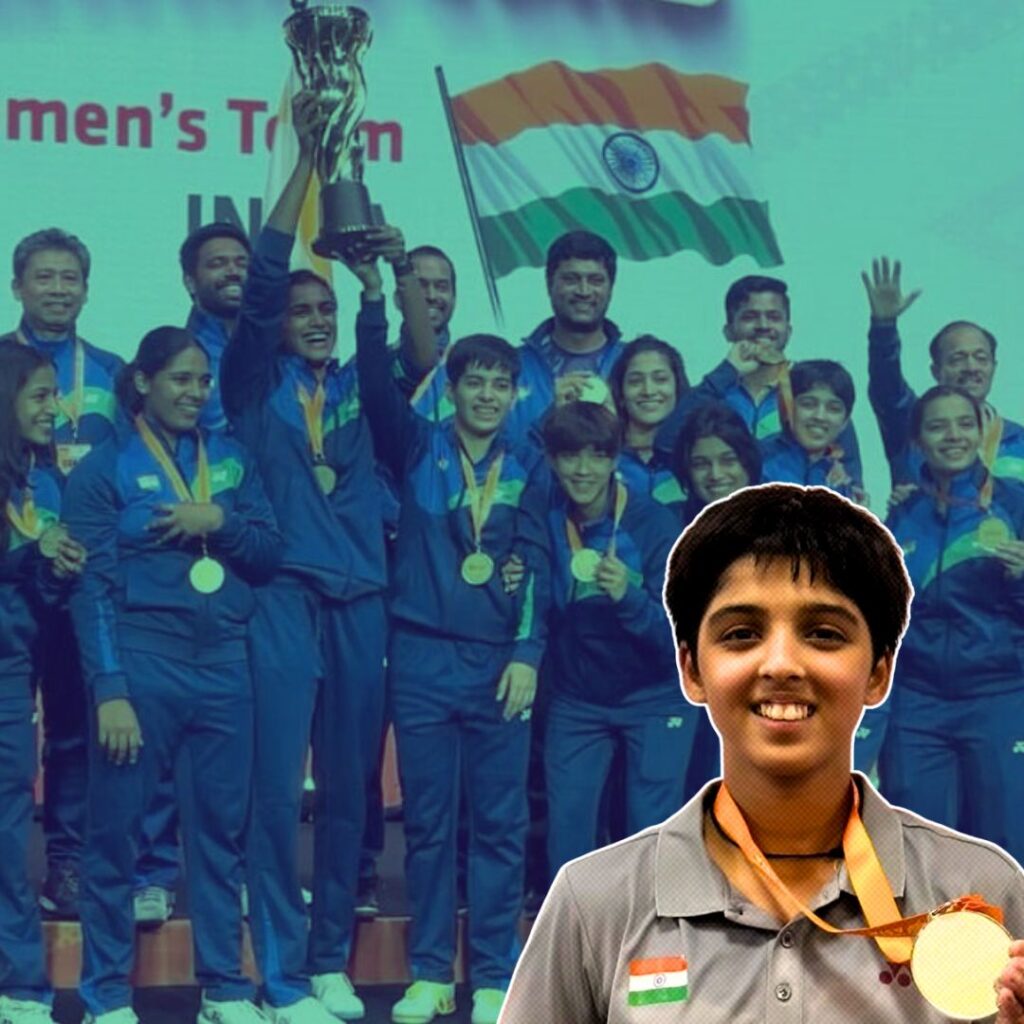A research team at the Indian Institute of Technology (IIT) Guwahati have devised a novel way to treat peripheral nerve damage after their artificially created conduit enabled rats with faulty nerves to show significant improvements.
Peripheral nerve damage is damage to or disease affecting nerves that may impair sensation, movement, gland or organ function, or other aspects of health depending on the type of nerve affected.
The research
For the past year, an IIT team led by Prof Utpal Bora from the Department of Biosciences and Bioengineering have attempted to find a solution to peripheral nerve damage. To do this, 10mm of sciatic nerve (a nerve near the hip) from rats were removed and in their place an artificially created conduit was placed. The surgical area was reopened after six and 12 months.
The research team synthesised nerve conduits by electrospinning a mixture of silk fibroin protein and a polymer called polyaniline. The electrospun sheets were rolled many times over a stainless steel spindle. This polymer was not toxic to the rats’ metabolism as only 0.1% of polyaniline was used.
“In tissue engineering, silk fibroin protein is routinely used as a scaffold. Since silk is not electrically conductive we coated it with polyaniline nanoparticles, which is a good electrical conductor,” The Hindu quoted Dr Suradip Das, Department of Biosciences and Bioengineering at IIT Guwahati and the first author of the paper, as saying.
The researchers had to ensure that the conduit would mirror the native architecture of the natural nerves. To do this, the team had to culture the Schwann cells.
Schwann cells are those cells in the peripheral nervous system that produce the myelin sheath around the nerves – in particular, the axons.
“The Schwann cells produce myelin sheath which act as biological insulators and play a crucial role in nerve regeneration. Our aim was to seed the conduit with Schwann cells so they initiate the regeneration process when the conduits are implanted in animals,” Dr Das said.
Results
When the surgical area was reopened, it was found that they showed no dislocation or deformation. The nerves rejoined with artificial conduits exhibited as high as 86% velocity of current propagation through the nerve. The ability of the nerves to control muscle contraction was also found to be good at 80%. With the regenerated sciatic nerves, the lab rats were seen to walk better than those rats that were not experimented with.
“But most importantly, we found regenerated neurons and Schwann cells inside the conduit. And there was myelin sheath over axons in the regenerated tissue from inside the conduits,” Dr Das said. “The conduit helped initiating and enhancing the quality of regeneration across the nerve gap … Nerves when electrically stimulated contract the muscles. We stimulated one end of the conduit electrically and recorded electrical output from the muscle. If there is a gap along the conduit then the signals won’t travel.”
Furthermore, the electrical property of the muscles in contact with the treated nerves was 70%. “If the nerves don’t reach the muscles then we won’t be able to register muscle electrical activity. If there is good muscle electrical response then it is an indication that the nerve has grown and is able to communicate with the muscles and the muscles are not dead.”
The team now wants to conduct trials on pigs, which are physiologically and genetically closer to humans. However, conducting trials on bigger animals might be a challenge in India.











